Wholesale can be a game-changer for small businesses looking to scale. Instead of selling one product at a time, wholesale allows you to sell large quantities at once while getting your products into more stores and in front of new customers. But how do you get started, and what do you need to know to do it profitably? Let’s break it down step by step.
BONUS: Scroll down to get the link to my personal catalog!
1. Is Wholesale Right for Your Business?
Before jumping into wholesale, ask yourself: Is my business set up for it? Not all products that sell well online or at markets will work for wholesale.
✅ Does my product have enough margin for wholesale pricing? (More on this below!)
✅ Can I produce my items at scale? Wholesale orders are usually large, so you need to be able to fulfill bulk orders efficiently.
✅ Is my product retail-ready? Consider packaging, display appeal, and pricing. For example, I added keychains to my pill cases to make them more retail-friendly.
💡 Example: My mini stickers sell great online but don’t move in person—so I don’t wholesale them. Always test products before committing to large-scale production.
2. How to Price for Wholesale Profitably
One of the most common mistakes new wholesale sellers make is not pricing correctly. If your pricing isn’t right, you could end up losing money instead of making it.
✅ Industry standard: Wholesale is typically 50% of your retail price.
✅ Make sure you still have at least a 50% profit margin after production costs.
✅ Consider pricing tiers: Offer bulk discounts for larger orders to encourage higher order values.
💡 Example: If you sell an item for $20 retail, wholesale pricing should be around $10, and your cost to make it should be $5 or less.
3. Setting Your Wholesale Minimums & MOQs
You don’t want to sell just one or two items at wholesale pricing. That’s where minimum order values (MOVs) and minimum order quantities (MOQs) come in.
✅ Opening Order Minimums: This is the minimum amount a retailer must spend on their first order. I started at $100 but later raised it to $150 as my product line grew.
✅ Reorder Minimums: The required order amount for returning customers. Mine is $75, but I plan to increase it to $100.
✅ Product MOQs: Industry standard is stickers (6), greeting cards (6), most other products for me I make (4).
💡 Tip: If you start with a low SKU count, a lower opening order minimum makes sense. As you expand your product line, you can raise your minimum to reflect your growing inventory.
4. How to Find Retailers to Buy Your Products
The biggest challenge in wholesale is finding the right stores to stock your products.
✅ Start local. Many retailers prioritize stocking local artists and brands, and my local retailers are still my best wholesale customers.
✅ Cold email outreach. I send 50 cold emails a day using instantly.ai (not sponsored, I have just really been loving them!) to connect with potential buyers.
✅ Personalize your pitch. Always use the buyer’s name and add personal touches (bonus points if you mention their store pet!).
✅ Include embedded images. Buyers need to see your products immediately, don’t make them click a link!
💡 Tip: Buyers are constantly looking for new products, so don’t feel like you’re bothering them. It’s their job to find new inventory!
5. How to Accept & Manage Wholesale Orders
Once a retailer wants to place an order, how do you handle it?
✅ Faire Wholesale Platform: I manage most of my wholesale through Faire, which handles orders, terms, and payments.
✅ Direct Wholesale Orders: Retailers can also DM or email me their orders. I offer free shipping for direct orders to encourage more of them.
✅ Use a Wholesale Line Sheet: A simple, clear catalog with SKUs, pricing, MOQ, and terms. Keep it easy to read and put your terms at the back.
💡 Tip: Faire integrates with Shopify, making inventory tracking much easier.
6. Packaging & Shipping for Wholesale
Wholesale requires different packaging than direct-to-consumer sales. Your items need to look great on retail shelves and be easy for stores to manage.
✅ Retail-Friendly Packaging: Make sure products are barcoded (not necessary when starting out or sometimes at all), shelf-ready, and display well.
✅ Bulk Shipping Considerations: Wholesale orders are larger and heavier, so factor that into shipping costs.
✅ Return & Damage Policies: Decide in advance how you’ll handle damaged products or order issues.
💡 Example: Adding keychains to pill cases made them easier to display and increased their retail appeal.
7. Getting Retailers to Reorder
Landing a wholesale order is great, but getting repeat orders is even better.
✅ Follow up after a retailer’s first order. Ask how your products are selling and suggest other items they might like.
✅ Recommend complementary products. Suggest add-ons or new releases that fit with what they already stock.
✅ Keep retailers updated on new designs. Regularly send out updates so they know when new stock is available.
💡 Tip: Building strong relationships with retailers increases the likelihood of consistent reorders.
8. Get Inspired! Check Out Our Catalog
Need some inspo to get started? Sign up for our Small Business Tips Email List and get the link to my own catalog! I have been perfecting this catalog for years and have had some of the top industry professionals check it out.
Is Wholesale Right for You?
Wholesale is one of the best ways to scale a business, but it’s important to do it strategically. Before you dive in, make sure:
✅ Your pricing leaves enough profit for wholesale margins.
✅ Your products are retail-ready with good packaging.
✅ You have clear order minimums & MOQs in place.
✅ You research & pitch to the right retailers.
✅ You have a system to manage wholesale orders efficiently.
📩 Want to start wholesaling? Sign up with my Faire referral link to get started!
📚 Need to learn more? I highly recommend Proof to Product’s Paper Camp – the wholesale course that taught me everything I needed to know.
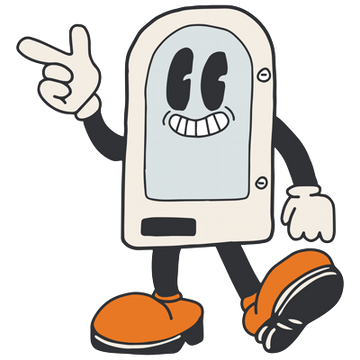

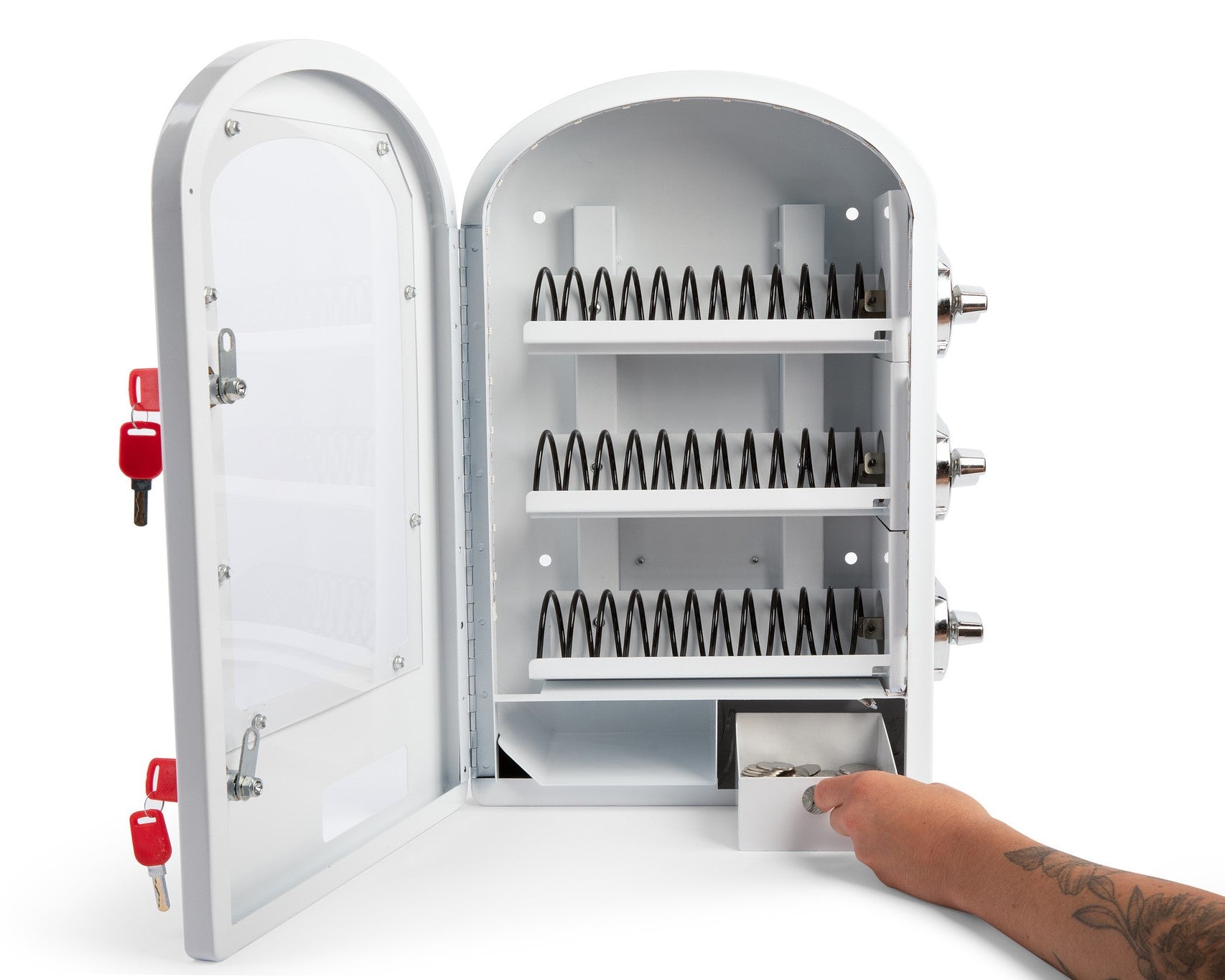


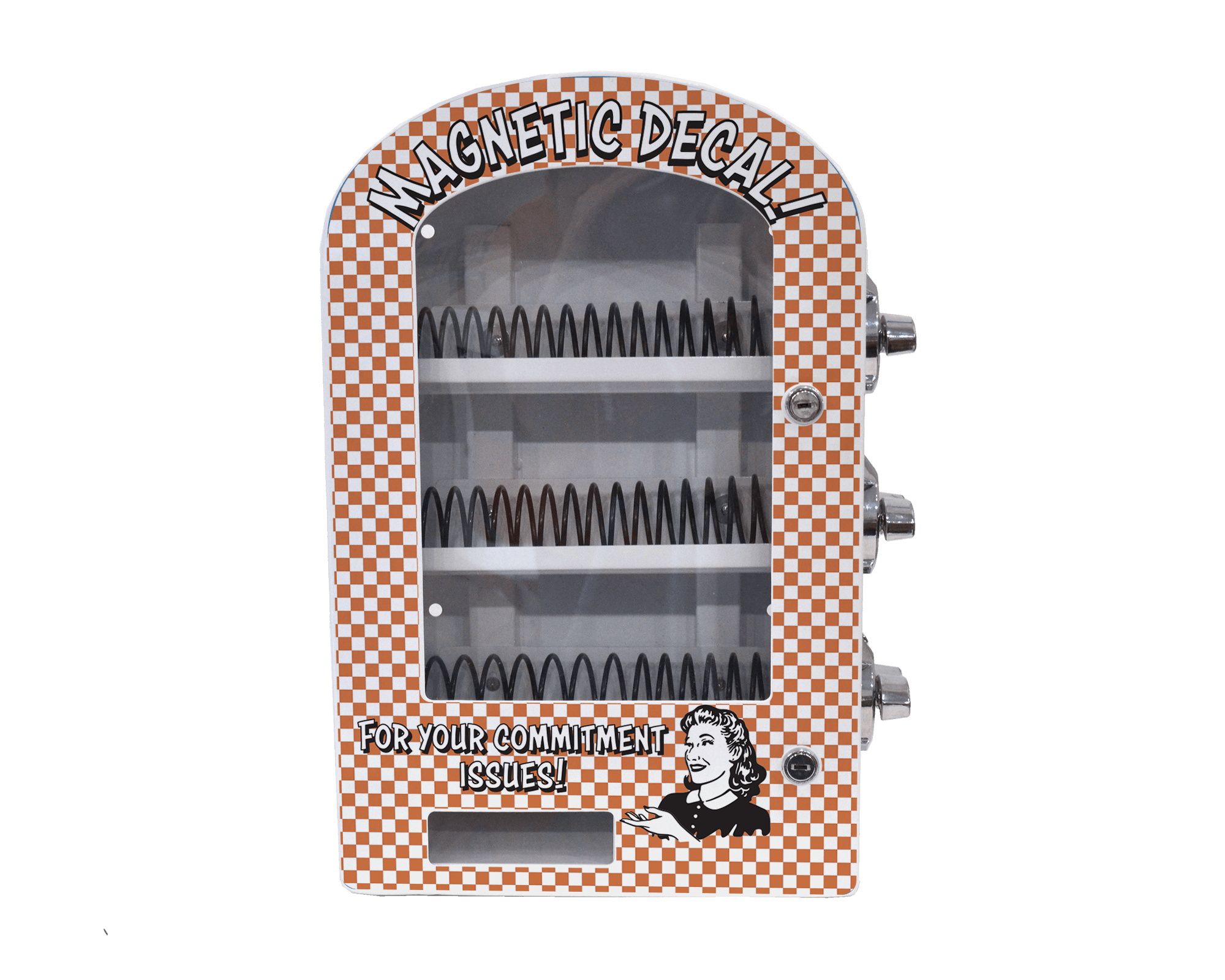
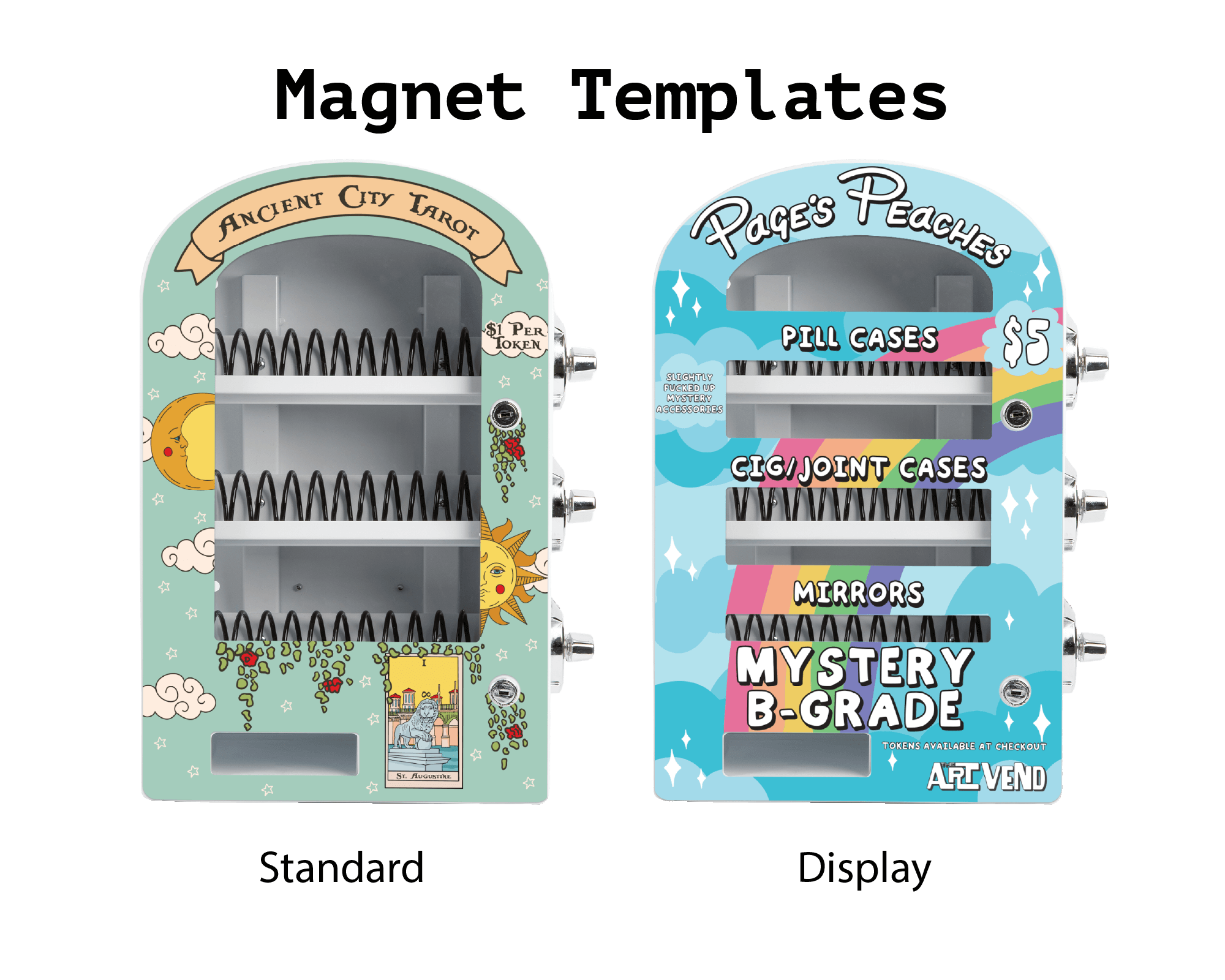
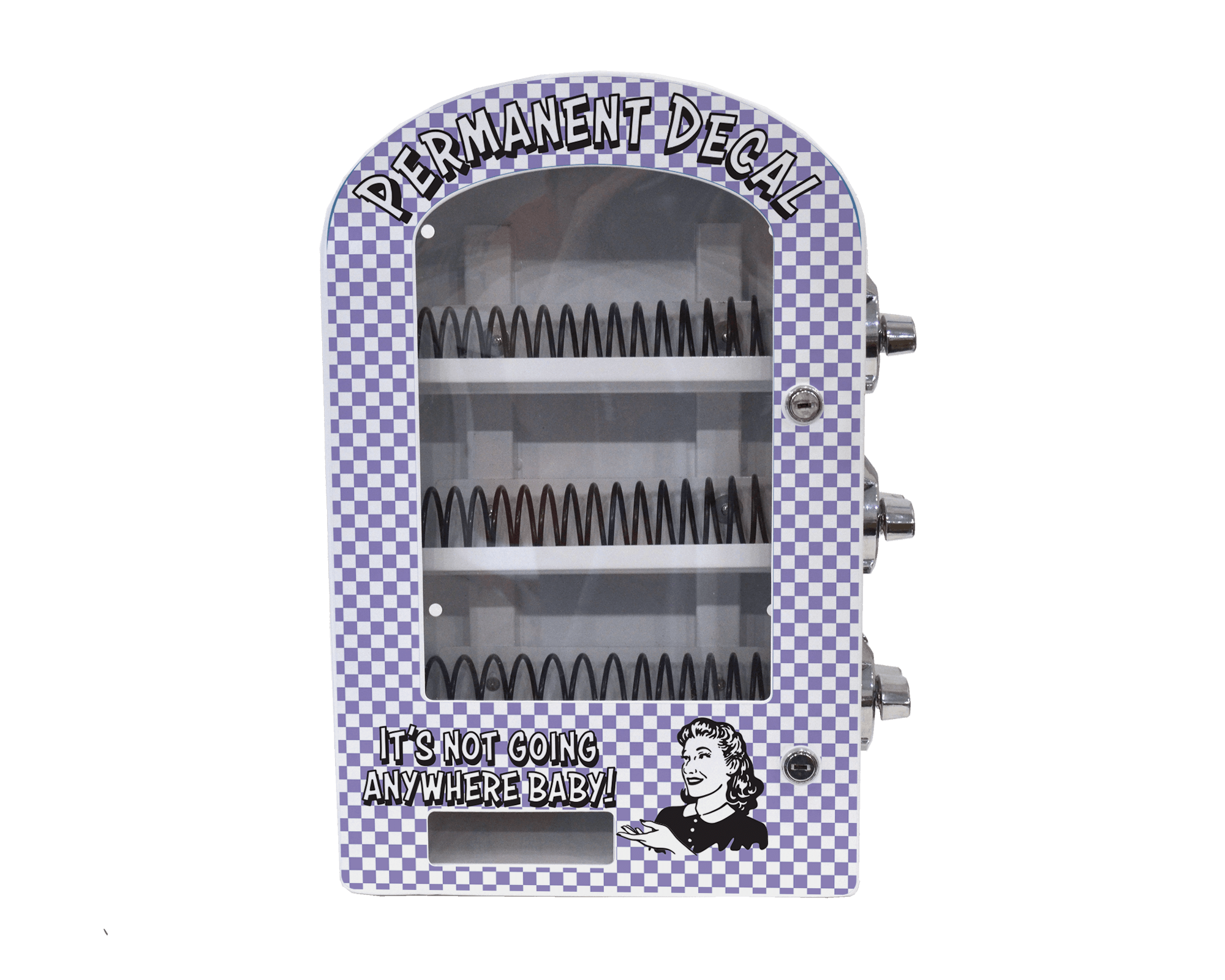

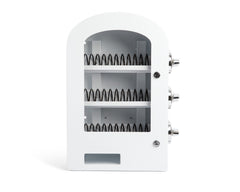
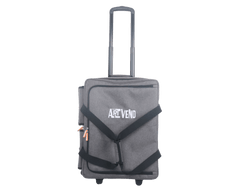

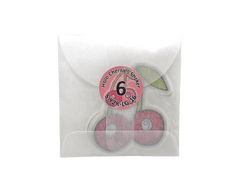
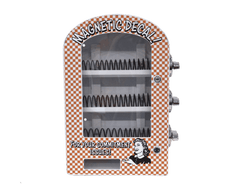
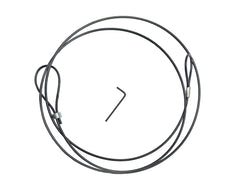
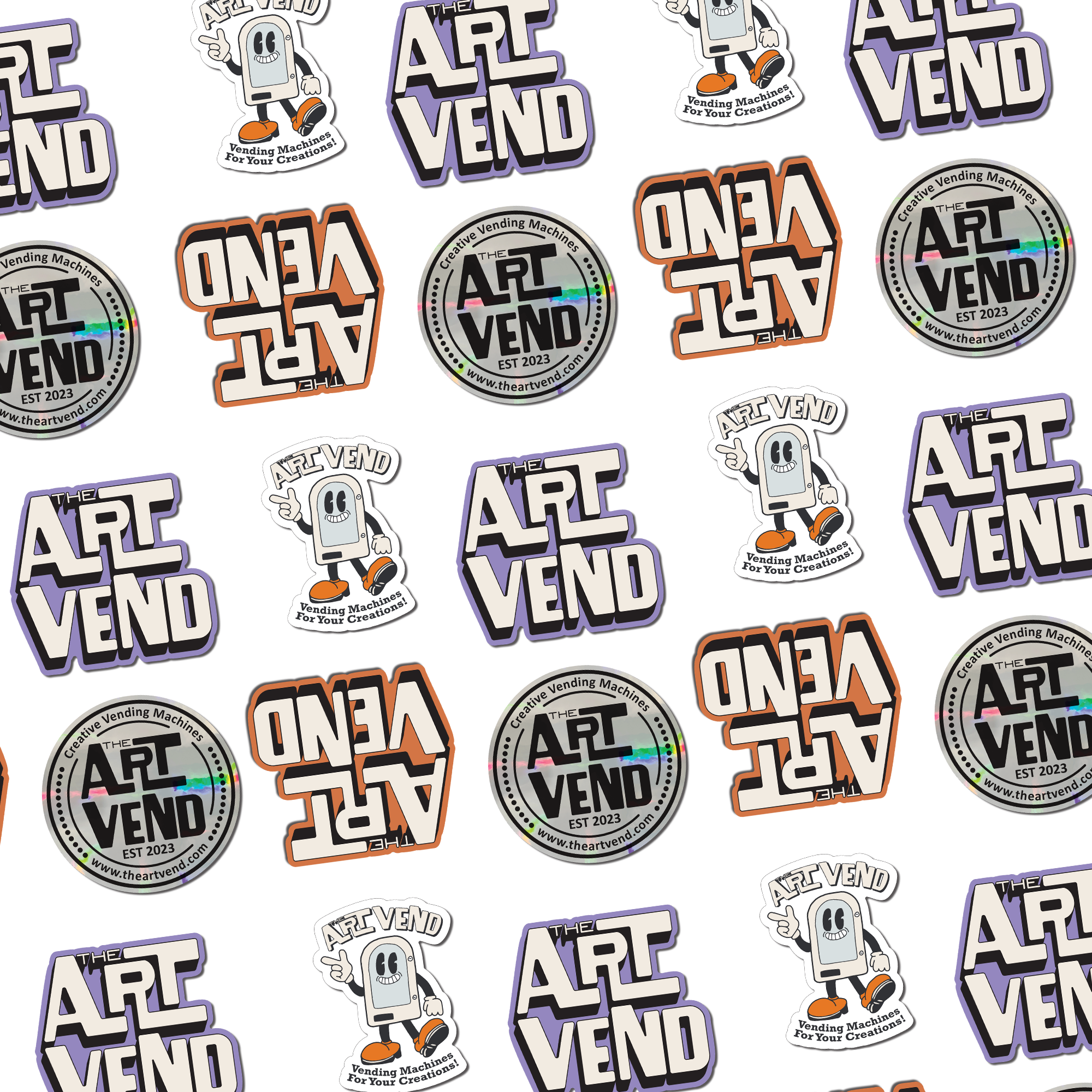
Leave a comment